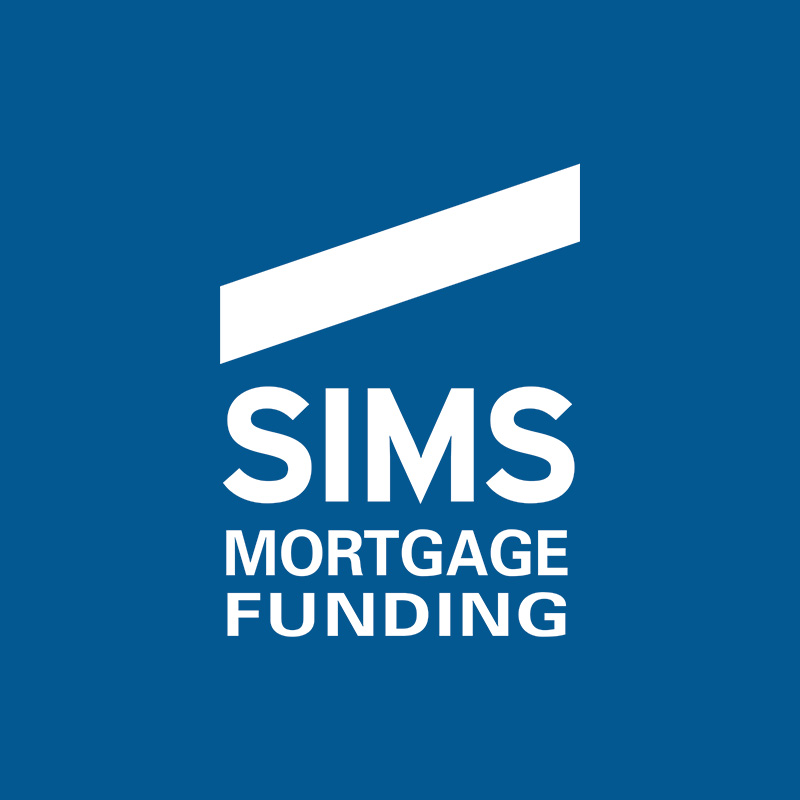In a competitive lending landscape, the HUD Section 221(d)(4) program continues to be a robust, popular source of capital for new construction of multifamily rental housing. For example, in the Fiscal Year ending September 30, 2017, HUD closed $4.4 billion in multifamily new construction loans for 199 projects totaling 33,803 units. This year, HUD increased it new construction loan activity by 43%, closing $6.3 billion in loans for 263 projects totaling 47,850 units.
The 221(d)(4) program has come a long way over the past four years – in 2014 HUD closed approximately $2.5 billion in new construction loans. The program’s popularity is largely driven by its favorable underwriting parameters – for market rate deals, an 85% loan-to-cost ratio and 1.17 debt service coverage. Loans amortize over 40 years following completion of construction and are non-recourse.
It’s been a different story thus far under the Section 232 LEAN program for healthcare and senior housing projects. For its Fiscal Year ending September 30, 2017, HUD closed $281.8 million in Section 232 construction loans, which includes substantial rehabilitation and additions to existing facilities. There were 17 loans closed with an average size of $16.5 million. HUD’s Section 232 output declined in 2018 – $219.5 million in loans were closed. While the number of projects increased to 22 projects, the average loan size was down to $10 million.
Part of the variance between HUD programs is due to the specialized nature of healthcare and senior housing, force multiplied by the added risk related to start-up projects. Also, under LEAN, HUD has prioritized insuring loans under the Section 223(f) program for the refinancing or acquisition of existing, operational facilities. Consider that in Fiscal Year 2018, 92% of the $3.74 billion of LEAN closings were for Section 223(f) loans.
There’s nowhere to go but up for the Section 232 new construction program. It offers similar, favorable loan terms as its Section 221(d)(4) counterpart: non-recourse, with a 40 year amortization, and underwriting based on 75% – 80% loan-to-value ratio and a 1.45 debt service coverage.
Let us help you evaluate the merits of Section 232 financing for your next construction project. It’s time HUD did more business in this space!

